Some critters I would be thrilled to see added to Planet Zoo
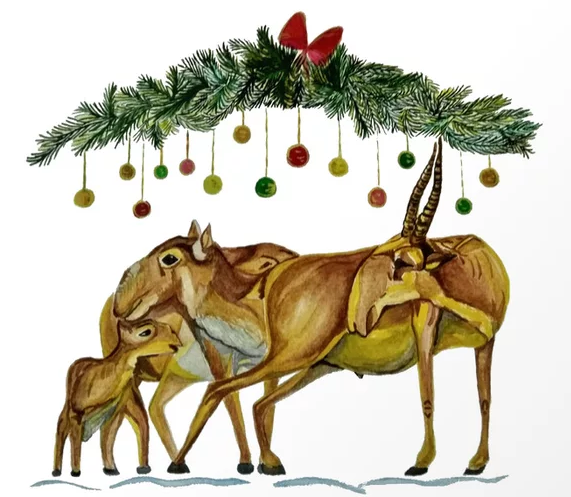
Saiga Antelope 
The saiga antelope (/ˈsaɪɡə/, Saiga tatarica) is a critically endangered antelope that originally inhabited a vast area of the Eurasian steppe zone from the foothills of the Carpathian Mountains and Caucasus into Dzungaria and Mongolia. (it would be lovely if they could have coat length changes according to season) 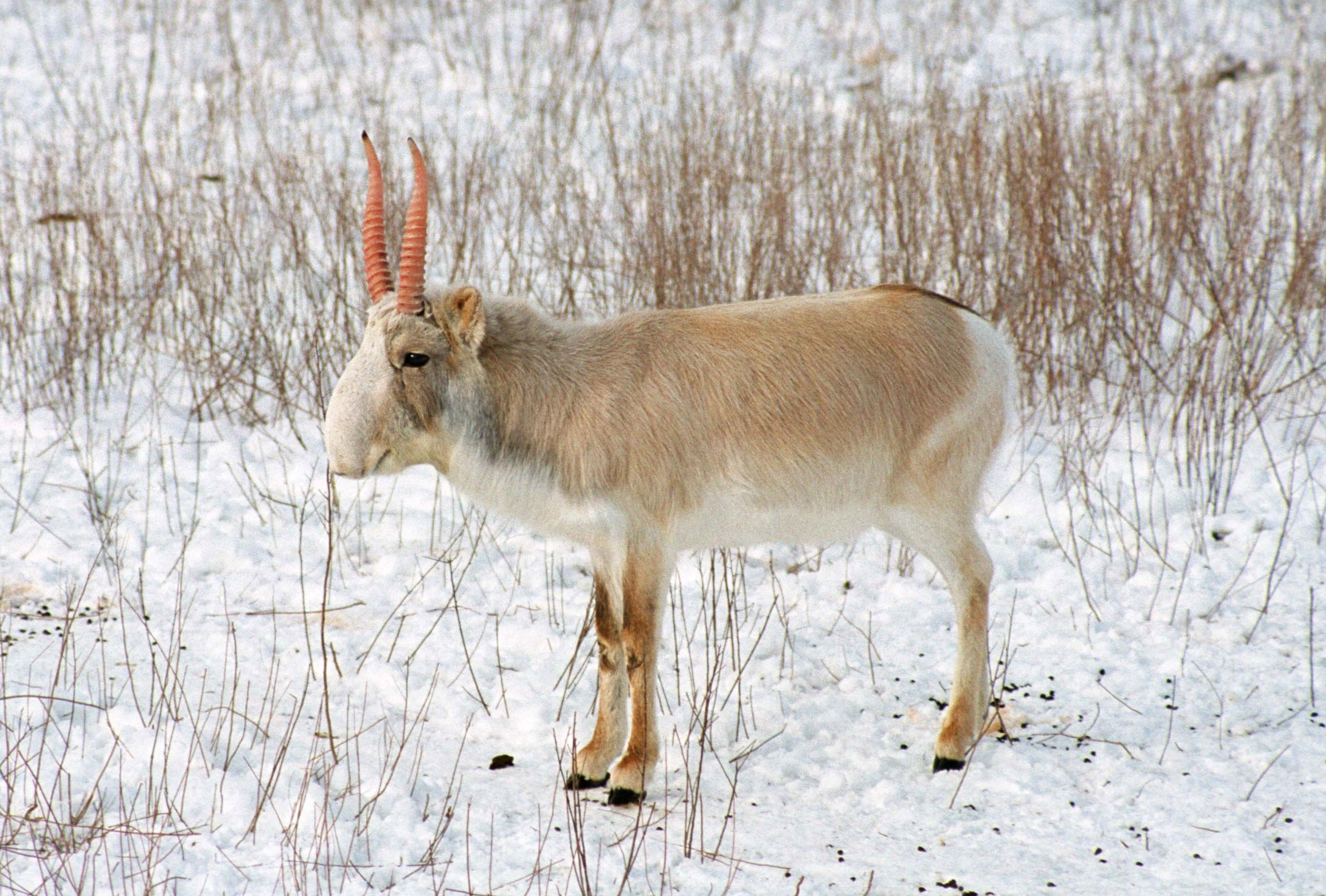

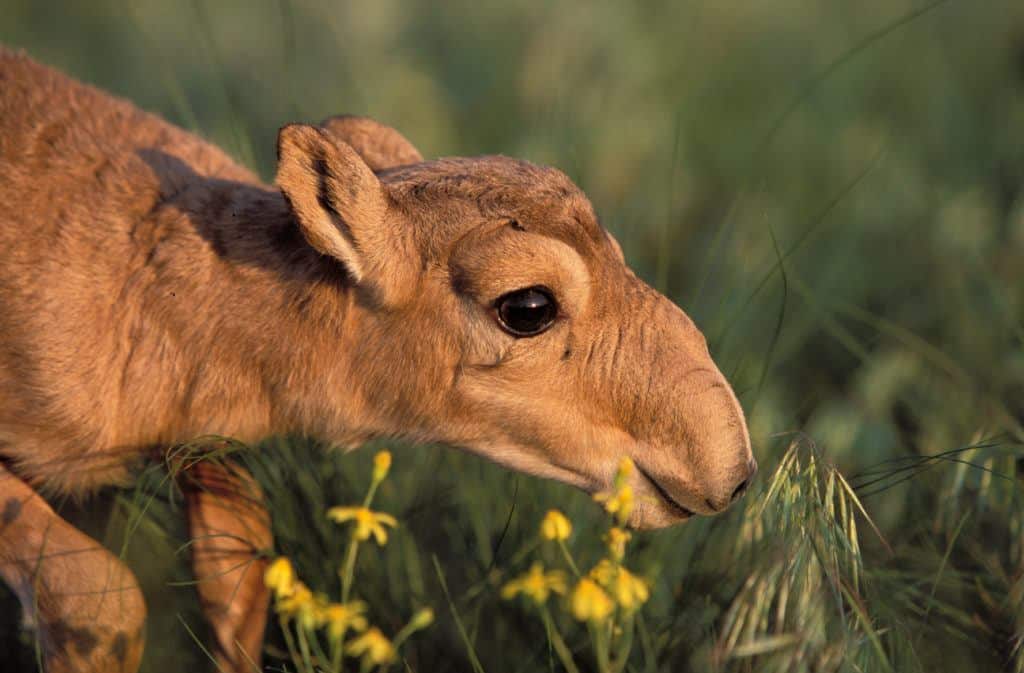
|
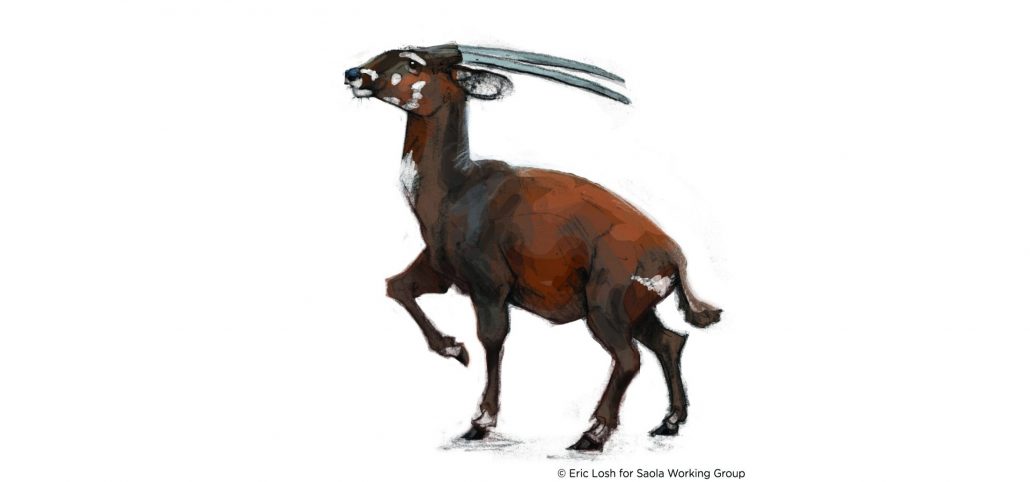
Saola 
The saola (Pseudoryx nghetinhensis) is one of the world's rarest large mammals, a forest-dwelling bovine found only in the Annamite Range of Vietnam and Laos. Related to cattle, goats, and antelopes, the species was described following a discovery of remains in 1992 in Vũ Quang Nature Reserve by a joint survey of the Vietnamese Ministry of Forestry and the World Wide Fund for Nature. Saolas have since been kept in captivity multiple times, although only for short periods. A living saola in the wild was first photographed in 1999 by a camera trap set by WWF and the Vietnamese government's Forest Protection Department (SFNC). 
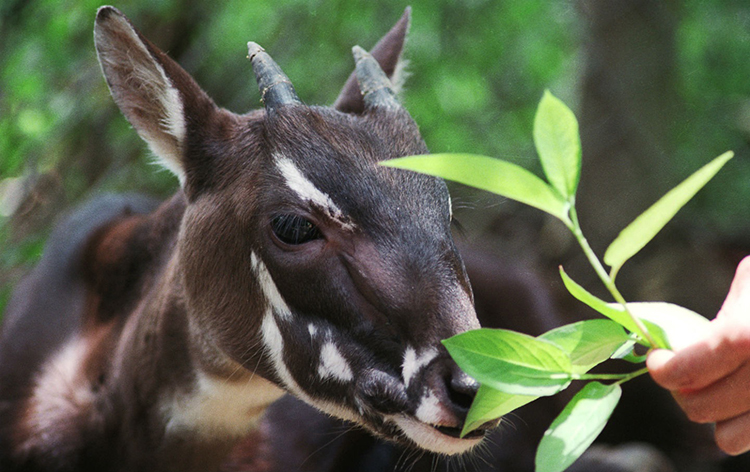
|

Amur Leopard 
The Amur leopard (Panthera pardus orientalis) is a leopard subspecies native to the Primorye region of southeastern Russia and northern China. It is listed as Critically Endangered on the IUCN Red List. As of 2015, fewer than 60 individuals were estimated to survive in Russia and China. Camera-trapping surveys conducted between 2014 and 2015 revealed 92 individuals in a 8,398 km2 (3,242 sq mi) large transboundary area along the Russian-Chinese border. 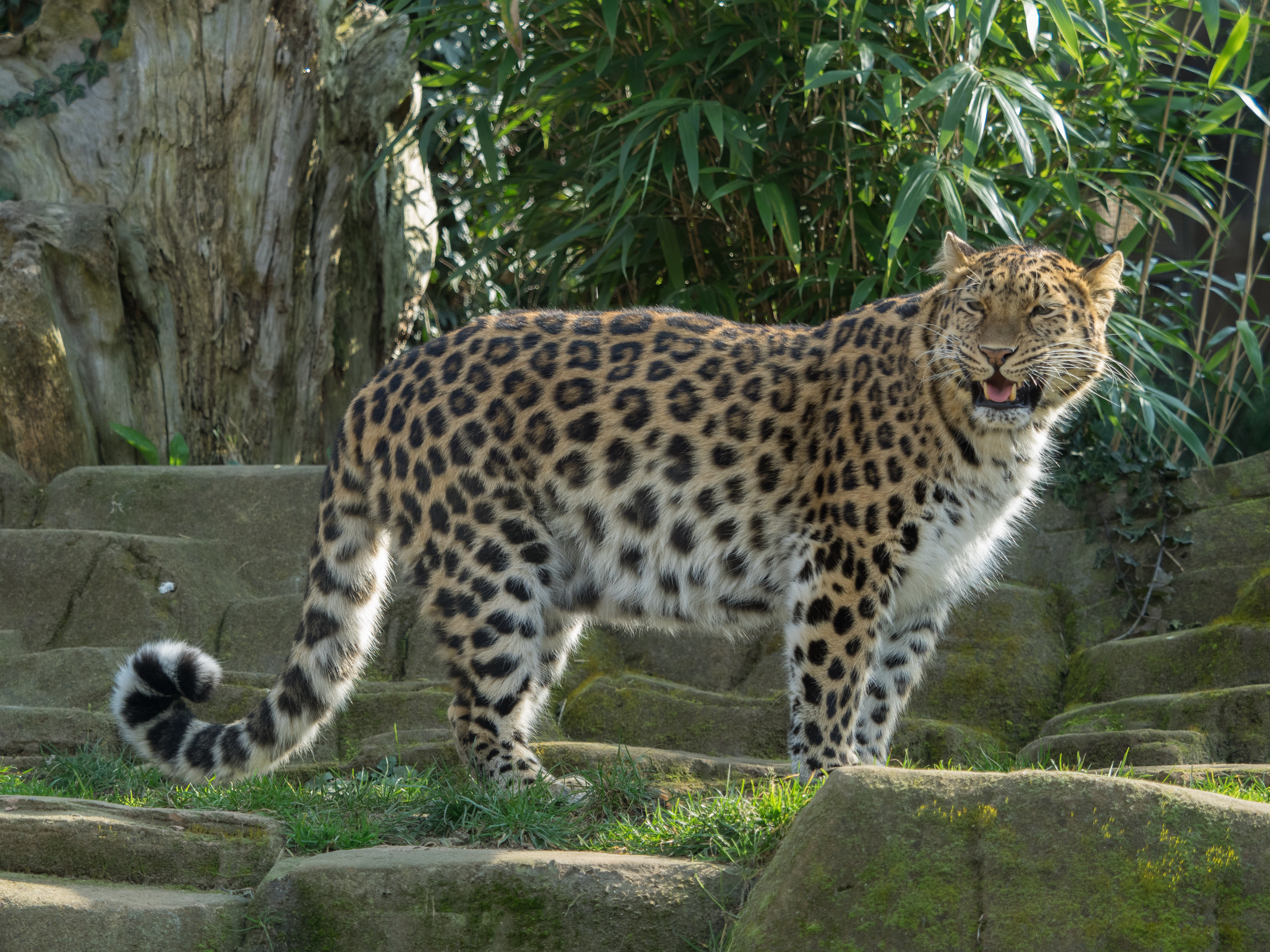


|
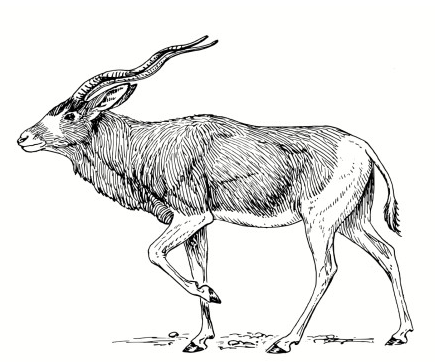
Addax 
The addax (Addax nasomaculatus) is an antelope of the genus Addax, that lives in the Sahara desert. It was first described scientifically by Henri de Blainville in 1816. The addax is a critically endangered species of antelope, as classified by the IUCN. Although extremely rare in its native habitat due to unregulated hunting, it is quite common in captivity. The addax was once abundant in North Africa, native to Chad, Mauritania and Niger. It is extinct in Algeria, Egypt, Libya, Sudan and Western Sahara. It has been reintroduced in Morocco and Tunisia. 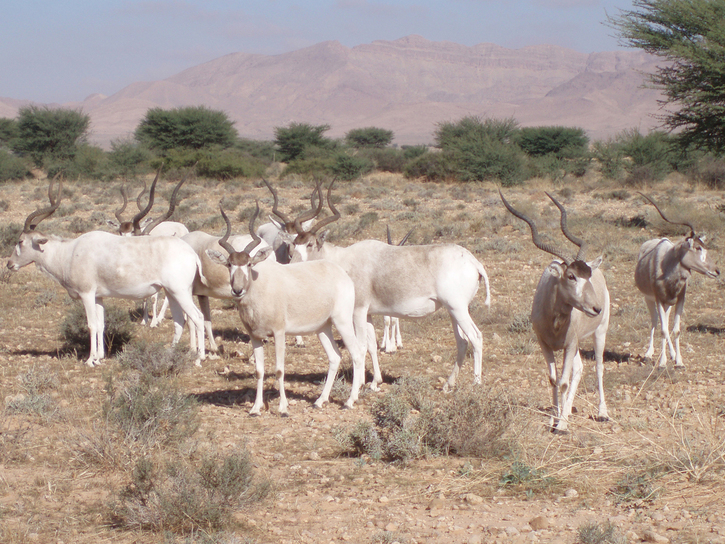

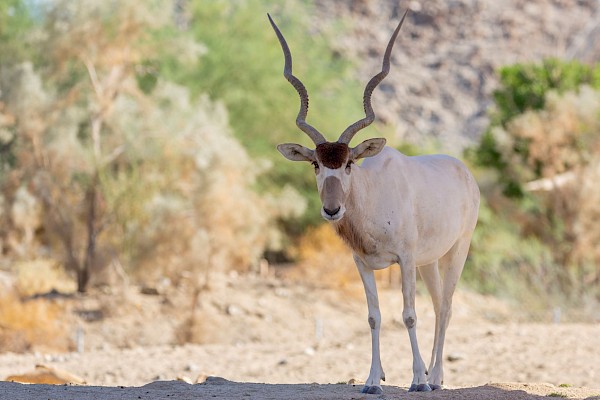
| |
Hirola 
The hirola (Beatragus hunteri), Hunter's hartebeest or Hunter's antelope, is a critically endangered antelope species found on the border between Kenya and Somalia. They were discovered by Kenyans living in the area in 1888. It is the only extant member of the genus Beatragus. The global hirola population is estimated at 300–500 animals, there are no hirola in captivity and the wild population continues to decline. According to the International Union for Conservation of Nature Red List "The loss of the Hirola would be the first extinction of a mammalian genus on mainland Africa in modern human history." 

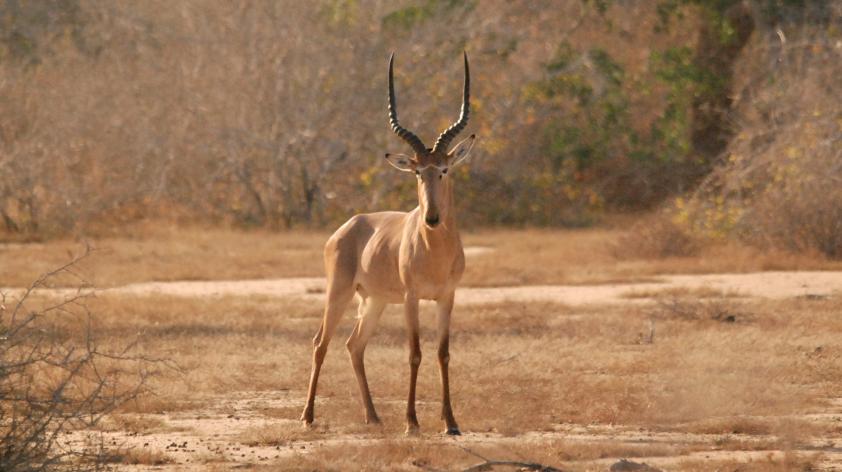
|
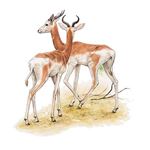
Dama gazelle 
The dama gazelle, addra gazelle, or mhorr gazelle (Nanger dama, formerly Gazella dama) is a species of gazelle. It lives in Africa in the Sahara desert and the Sahel. This critically endangered species has disappeared from most of its former range due to overhunting and habitat loss, and natural populations only remain in Chad, Mali, and Niger. In Niger, the dama gazelle has become a national symbol. 
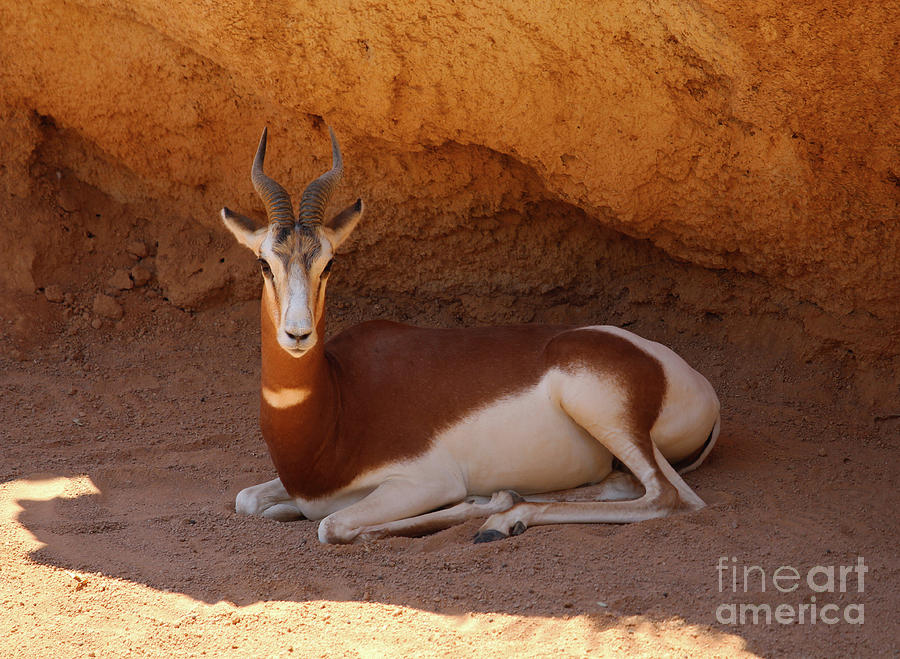

| |
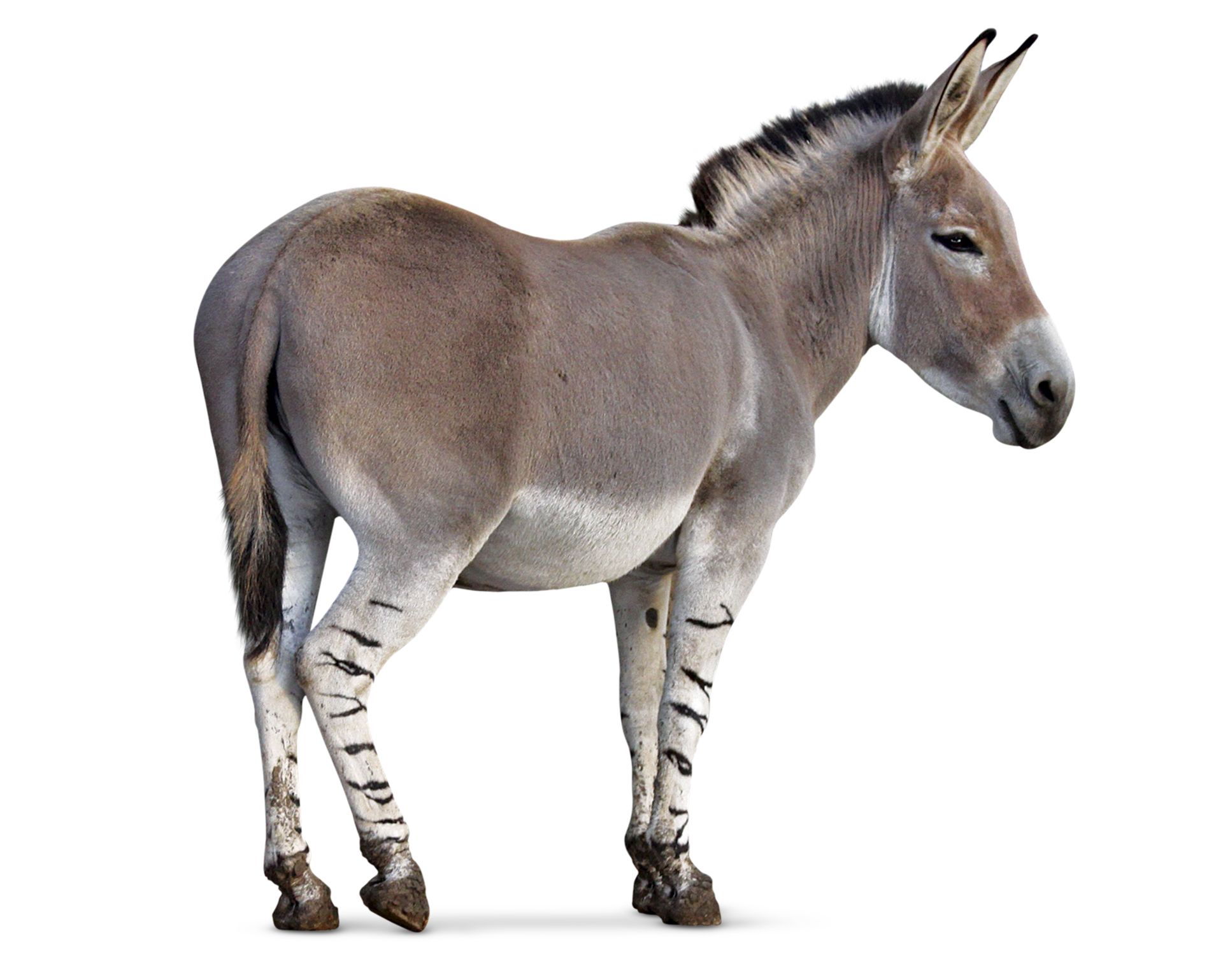
African wild ass 
The African wild ass or African wild donkey (Equus africanus) is a wild member of the horse family, Equidae. This species is believed to be the ancestor of the domestic donkey, which is usually placed within the same species. They live in the deserts and other arid areas of the Horn of Africa, in Eritrea, Ethiopia and Somalia. It formerly had a wider range north and west into Sudan, Egypt, and Libya. About 570 individuals exist in the wild. 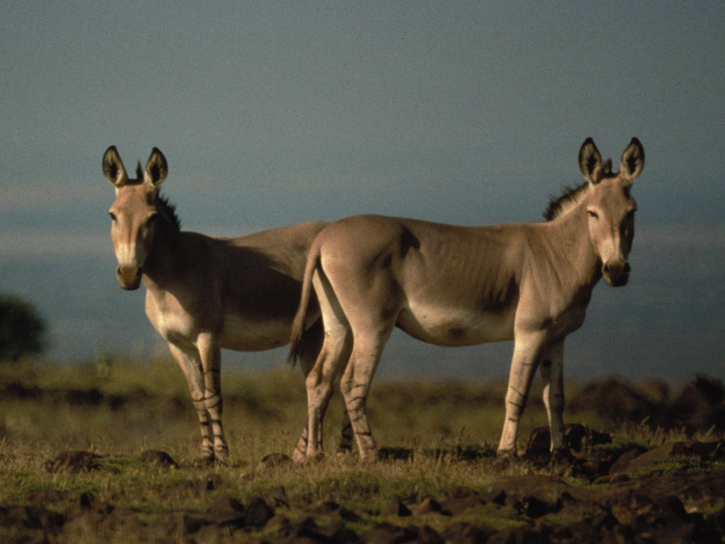
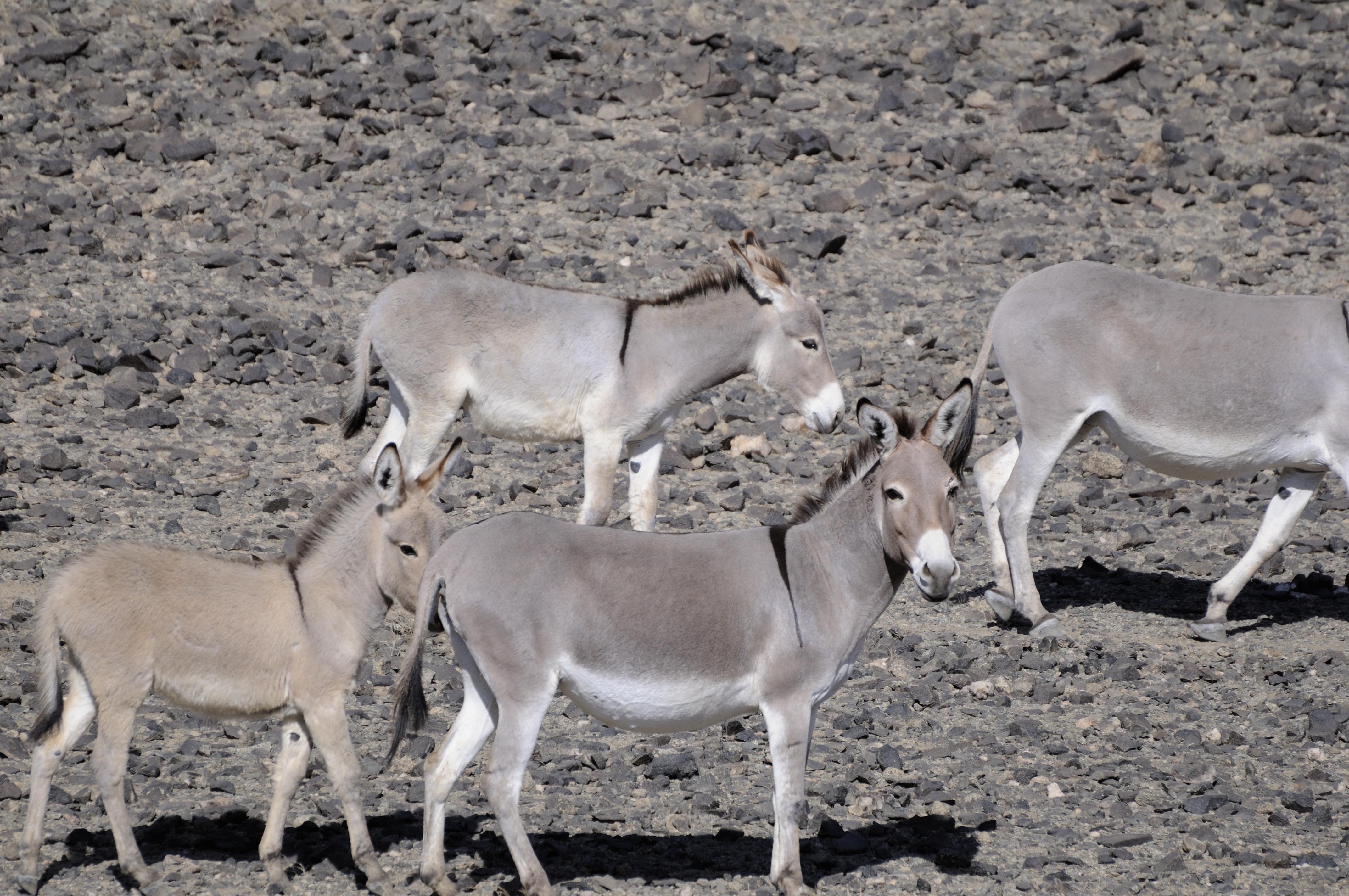
| |

Borneo elephant 
The Borneo elephant, also called the Borneo pygmy elephant, is a subspecies of Asian elephant that inhabits northeastern Borneo, in Indonesia and Malaysia. Its origin remains the subject of debate. A definitive subspecific classification as Elephas maximus borneensis awaits a detailed range-wide morphometric and genetic study. Since 1986, Elephas maximus has been listed as Endangered on the IUCN Red List as the population has declined by at least 50% over the last three generations, estimated to be 60–75 years. The species is pre-eminently threatened by habitat loss, degradation and fragmentation. 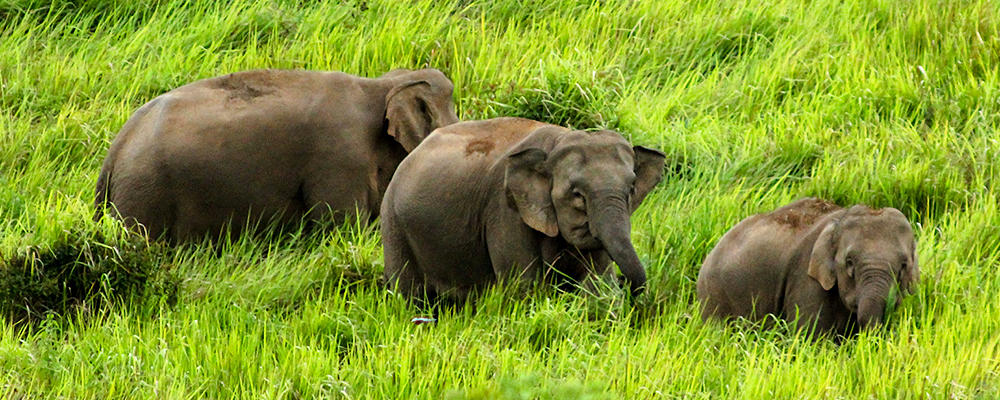


|
Last edited:
